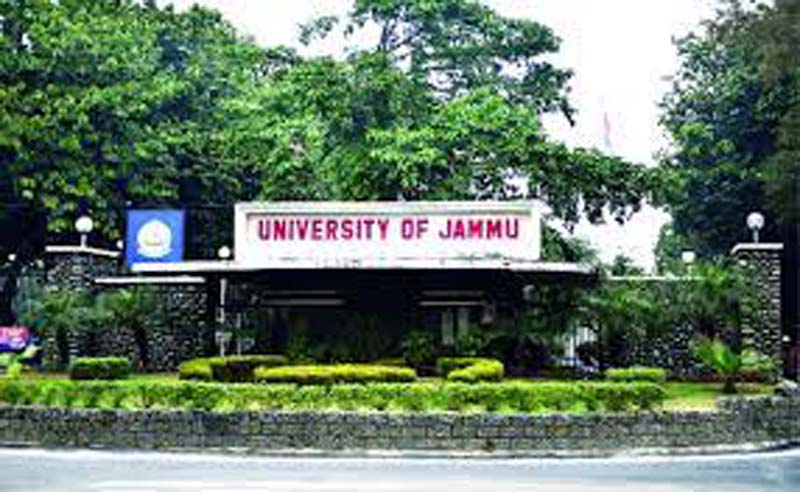‘No parallel can be drawn between Nai Basti and Joshimath disasters’
Bivek Mathur
JAMMU, Apr 9: A team of experts from the University of Jammu has claimed that weakening of a micaceous (mica) rock due to continuous percolation of water from a lone exposed space has resulted into land movement in Nai Basti Village of Doda District.
Pertinently, 19 families had to be shifted to safer locations in Doda District earlier in March, this year, after houses in Nai Basti Village, some 35 kilometres from Doda Town along the Kishtwar-Batote National Highway, developed cracks. The village also witnessed landslides, which caused panic among the villagers.
Soon after the situation exacerbated with certain media reports likening the situation in the Doda Village with Joshimath tragedy in Uttarakhand, a team of experts from Jammu University comprising Prof GM Bhat, a retired faculty member of Department of Geology, Prof Yudvir Singh Charak, Prof SK Pandita, accompanied by sedimentologists and research scholars visited the affected village and studied various aspects of the natural disaster including the drainage system in the affected village, positioning of the village, composition of rocks, behaviour of rock minerals, and other anthropogenic as well as natural factors responsible for such movements of lands.
One of the experts, Prof Yudhbir Singh, explained: “Nai Basti Village is located on a hill slope and due to lack of proper drainage system and gradually increasing anthropogenic activity in the village, there was no channel for the water to drain away naturally in the built up area.”
“But there is around 150 feet exposed space in the village where water from the built up area and the natural water from a road above the village used to get accumulated. This continuous accumulation of water for years together caused percolation into a micaceous rock at the bottom of the village and development of fractures (joints) in the rock due to increase in the load capacity of the rock in view of accumulation of debris and water percolated through the lone exposed space,” he said.
Dr Yudhbir further explained, “the water percolated into the rocks in the hilly areas freezes in the night time when temperature remains low and its (water’s) temperature rises in the day time. The increase in the temperature results into weakening of the rocks and ultimately their (rocks’) movement on the slopes to the outer side unlike subsidence where rocks subside downwards”.
“So, no parallel can be drawn between what happened in Joshimath and Nai Basti areas,” he said.
Asked why sloppy lands in other villages don’t move as it happened in Nai Basti, he said, “because other villages have proper drainage system unlike Nai Basti.”
And far rest of the villages where anthropogenic activity is less as compared to Nai Basti, Prof Yudvir said, “in all other villages, there is a natural drainage system that automatically distributes the household and rainwater in different directions unlike in the case of Nai Basti where water accumulated in only exposed space.
Dr Yudhbir and team’s research work in the form of a research paper would be sent for peer reviews after which it would be published in some acclaimed journals.


